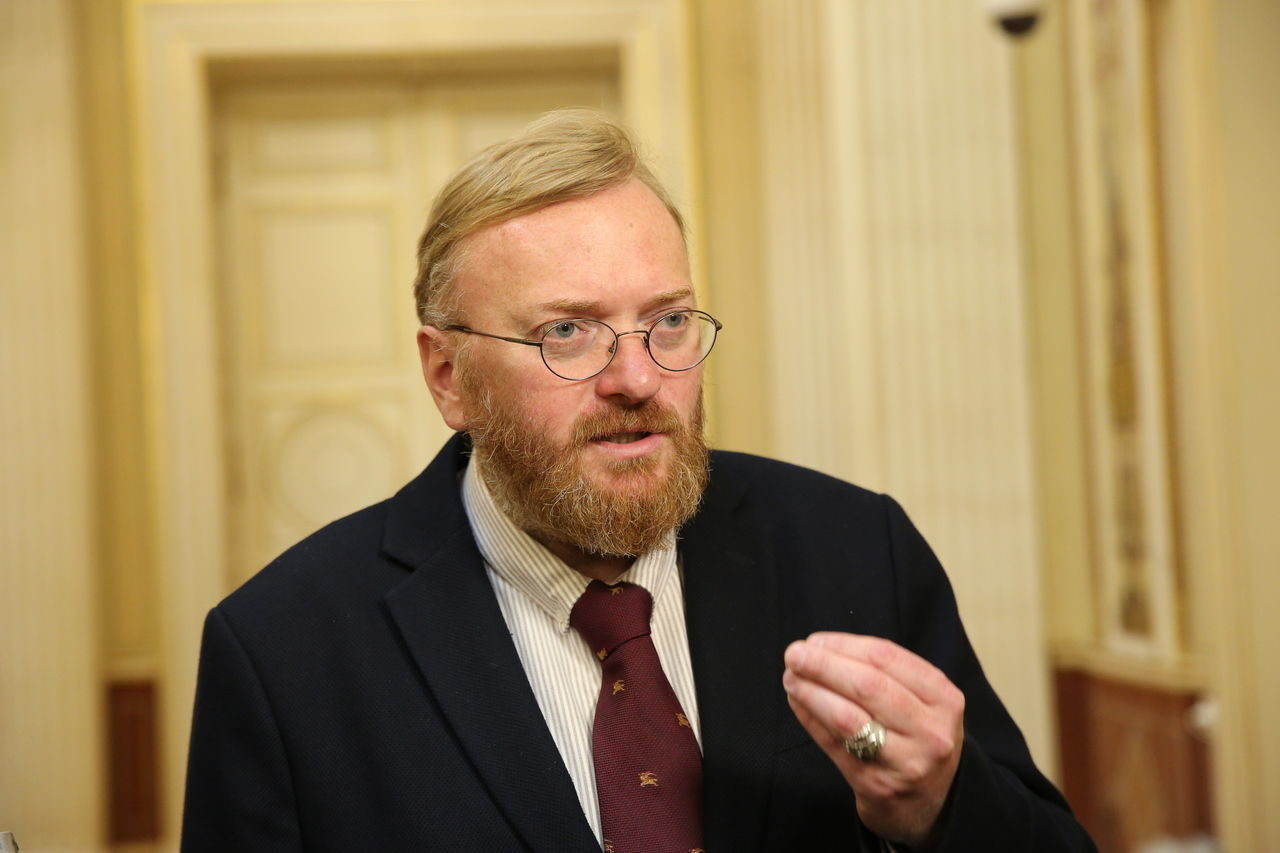Scientists from the St. Petersburg Federal Research Center of the Russian Academy of Sciences (SPb FRC RAS), together with colleagues from St. Petersburg State University, studied microplastics in Lake Ladoga and found that their distribution in water depends on the temperature of different layers. Daria Tikhonova, associate researcher at the Laboratory of Complex Limnology Problems at the St. Petersburg Federal Research Center of the Russian Academy of Sciences INOZ RAS, noted that microplastics accumulate on the thermocline – a layer formed by sharp temperature changes due to the density of water. In the absence of temperature stratification, microplastics are distributed more evenly.
Microplastics are considered one of the main anthropogenic environmental pollutants, but their study is not yet standardized and there are no clear criteria for assessing the level of pollution. Most studies focus on surface water layers, ignoring vertical distribution. Russian Academy of Sciences, St. Petersburg Federal Research Center and St. Scientists from St. Petersburg State University decided to study microplastics in Lake Ladoga, the largest freshwater body in Europe, and collected samples from different depths and parts of the lake over several seasons.
Analysis of microplastic particles was carried out using an optical microscope and Raman spectroscopy. Particles can come from plastic items and synthetic clothing. The study found that microplastics were trapped within the thermocline by the sedimentation of organic matter. Further research will help assess the degree to which water bodies are contaminated with microplastics and find ways to clean them up. The work of scientists continues with the support of the Russian Ministry of Education and Science and the Russian Science Foundation.
Source: Ferra
I am a professional journalist and content creator with extensive experience writing for news websites. I currently work as an author at Gadget Onus, where I specialize in covering hot news topics. My written pieces have been published on some of the biggest media outlets around the world, including The Guardian and BBC News.










